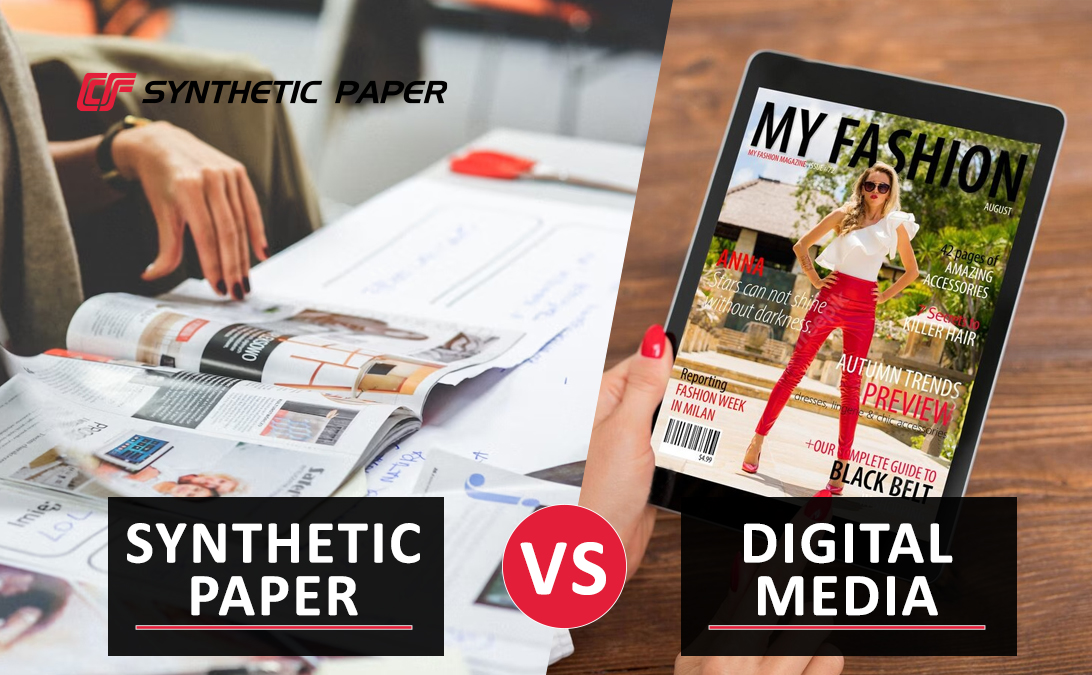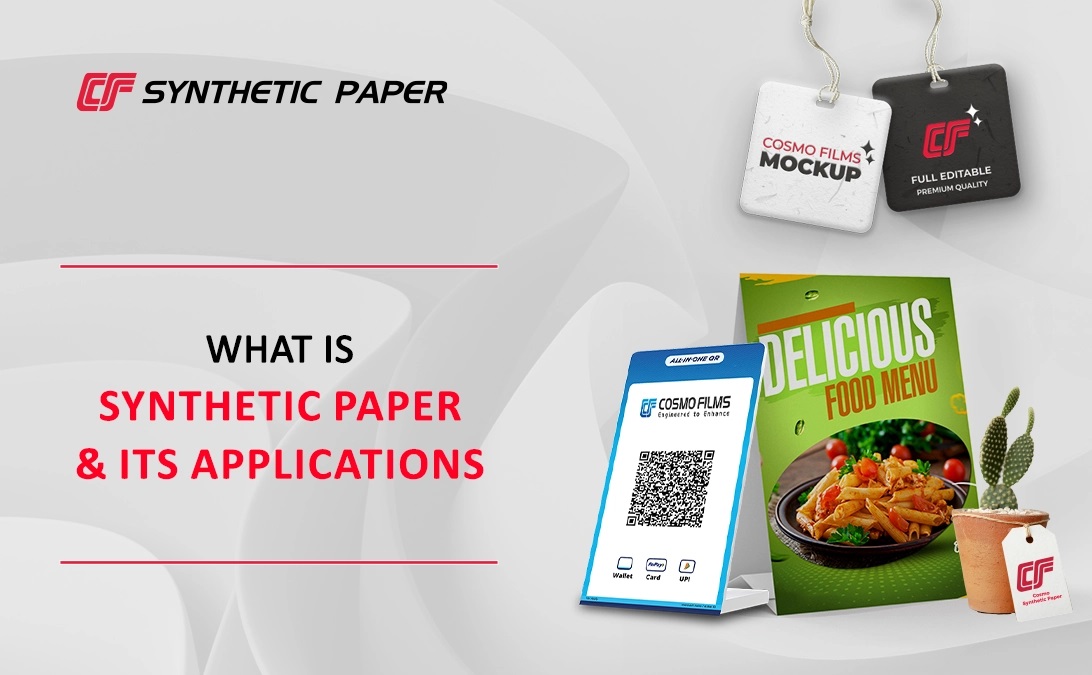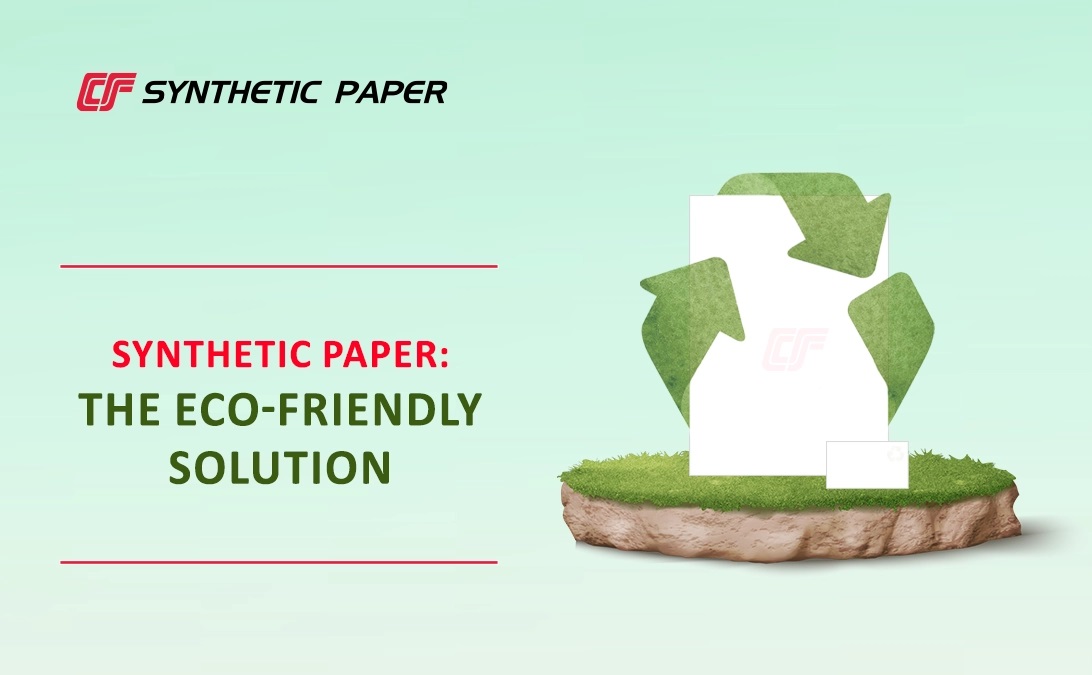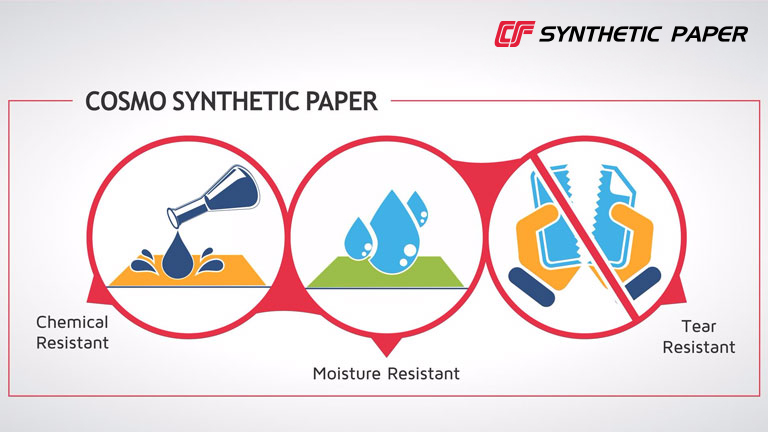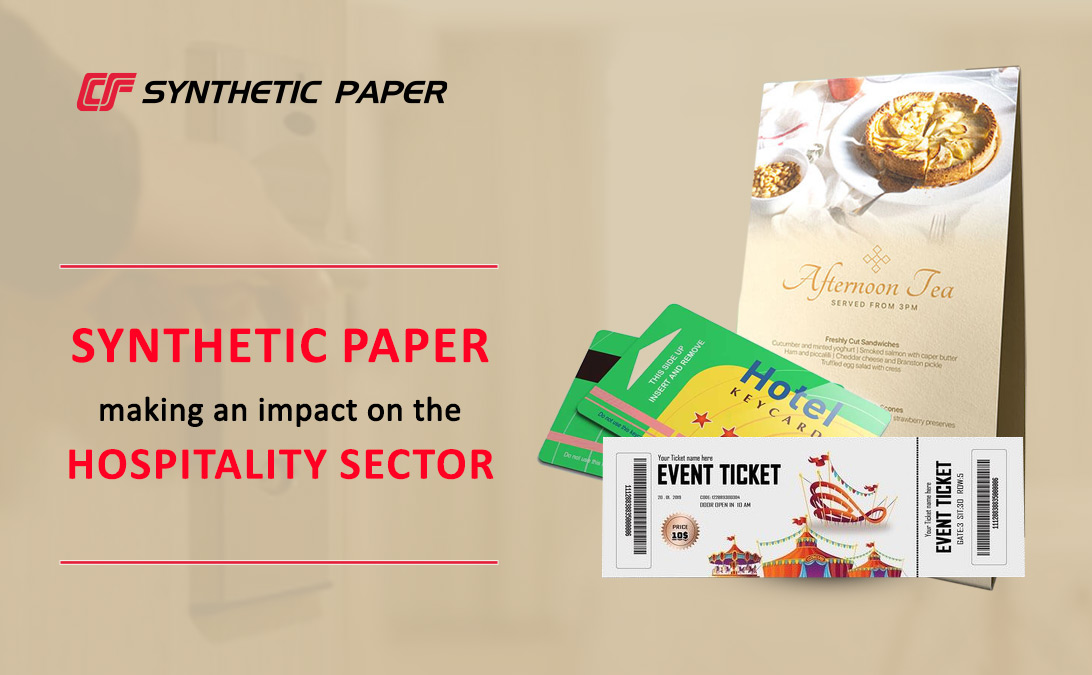There has been a long existing debate about digital media vs use of prints for marketing and advertising. While both have advantages and drawbacks attached to it, decision on which is better is still debatable. Digital media guarantees longevity over conventional paper prints, but it still hasn’t completely replaced print media’s existence. With further introduction of Synthetic paper across industries, print media too has become a durable option.
Synthetic paper is an exceptionally durable replacement to traditional wood pulp paper. It has high resistance and endurance properties and is available in different colours and textures. It appears like conventional paper but is much more sustainable.
Both these mediums have tremendous potential with recent trends and developments in their respective arenas and can be helpful for diverse branding and communication purposes. Let’s understand the interesting contrast and commonalities between the two mediums to decide which is better suited for what purpose.
How effective is Digital media?
Digital media opened a new horizon for branding and communications. It is one the most cost efficient and effective way to reach target audience and engage them. It is flexible and dynamic form of branding that interacts with target audience on real time basis and provides data for optimizing reach. Digital media is the ideal medium for business looking to target audience well beyond boundaries print can travel. Constant developments in digital platforms have also facilitated personalisation of ads. It can be used to tailor campaigns suited for every specific business need. Digital channels have helped brands and businesses use more than static content to create visibility.
What are digital challenges?
Despite several advantages digital media also has its drawbacks. It has created a digital dump of short, spanned e-content that has no impact on target audience. Most of the content available on digital platforms is just a way to boost traffic for businesses these days. Also, unlike print content, digital content may not go through rigorous fact checks and result in lack of quality information. Digital content often has the risk of getting categorised as spam by the audience.
Advertising through digital media always lacks physical touch associated to print media. It might fail to form a connection with audience. Digital media’s dynamic nature may also effect creativity due to the amount of content being produced daily.
What does Print media offers?
Print media has been considered a trustworthy medium of marketing and advertising by brands for decades. It has very targeted audience and is available in many forms such as magazines, newspapers, brochures, cards, and flyers. Print media is also highly helpful to engage audience that do not have access to internet. It is the conventional way of marketing and is still considered a much more reliable medium when compared to digital media.
Research conducted over time have also shown that print media is better medium for memory engagement of target audience. Print advertisements leave long lasting impressions and create brand visibility.
However, print too has certain drawbacks. While it might communicate and engage with audience with no access to digital content, print has far less reachability in comparison to digital media. It lacks the flexibility of editing and customising on short notice.
One of the major drawbacks of print media however has always been its lack of endurance. Paper tears easy and has practically zero life in harsh conditions. It cannot withstand any temperature variation and is prone to easy wear and tear in distribution.
Print media is also a less environment friendly solution when compared to digital media as it consumes a large amount of paper. It can be costly to produce and distribute at large. Printing can be also tricky when it comes to printability and ink compatibility of conventional paper.
How is Synthetic paper a game changer for print media?
Synthetic paper is the sustainable versatile solution, driven to change the print industry. It is a synthetic resin-based paper, well suited for all printing techniques. It has mechanically enhanced properties that adds life to printed material. Synthetic paper adds texture and gloss to print media. It has excellent ink adhesion that reproduces life like colours on paper. It is ideal for displays, and outdoor advertising screens. It is fade resistant, offers UV protection and is waterproof paper. Synthetic paper adds durability to print media. It is the ideal choice for printing all kinds of waterproof brochures, non-tearable flyers, weather resistant display advertisements and sustainable advertising materials. Synthetic material adds the durability and resistance properties lacked by conventional paper used in print media. It has high fold endurance and prevents ink smudges in fresh prints.
What are the options?
Just like digital media has a variety to platform to interact and engage with audience, Synthetic paper also comes in many different textures and colours. Each synthetic paper has its unique blend and qualities.
Cosmo synthetic paper is one of the leading Synthetic paper manufacturers in industry. Cosmo offers waterproof, non-tearable synthetic paper in 6 different types. Cosmo synthetic paper comes top-coated, uncoated, and coated on both sides. It is the perfect fit all printing needs. It has excellent durability and endurance required for vibrant long-lasting prints.
Overall, both these mediums are unique in their own capacity to communicate with target audience. To ace branding, advertising and communication, businesses need to find a balanced combination between the two. Durable synthetic paper prints can create long lasting brand impressions while digital media can be used to interact with target audience in real time basis. Both these mediums are counterparts to one another and can really help in boosting brand awareness.



